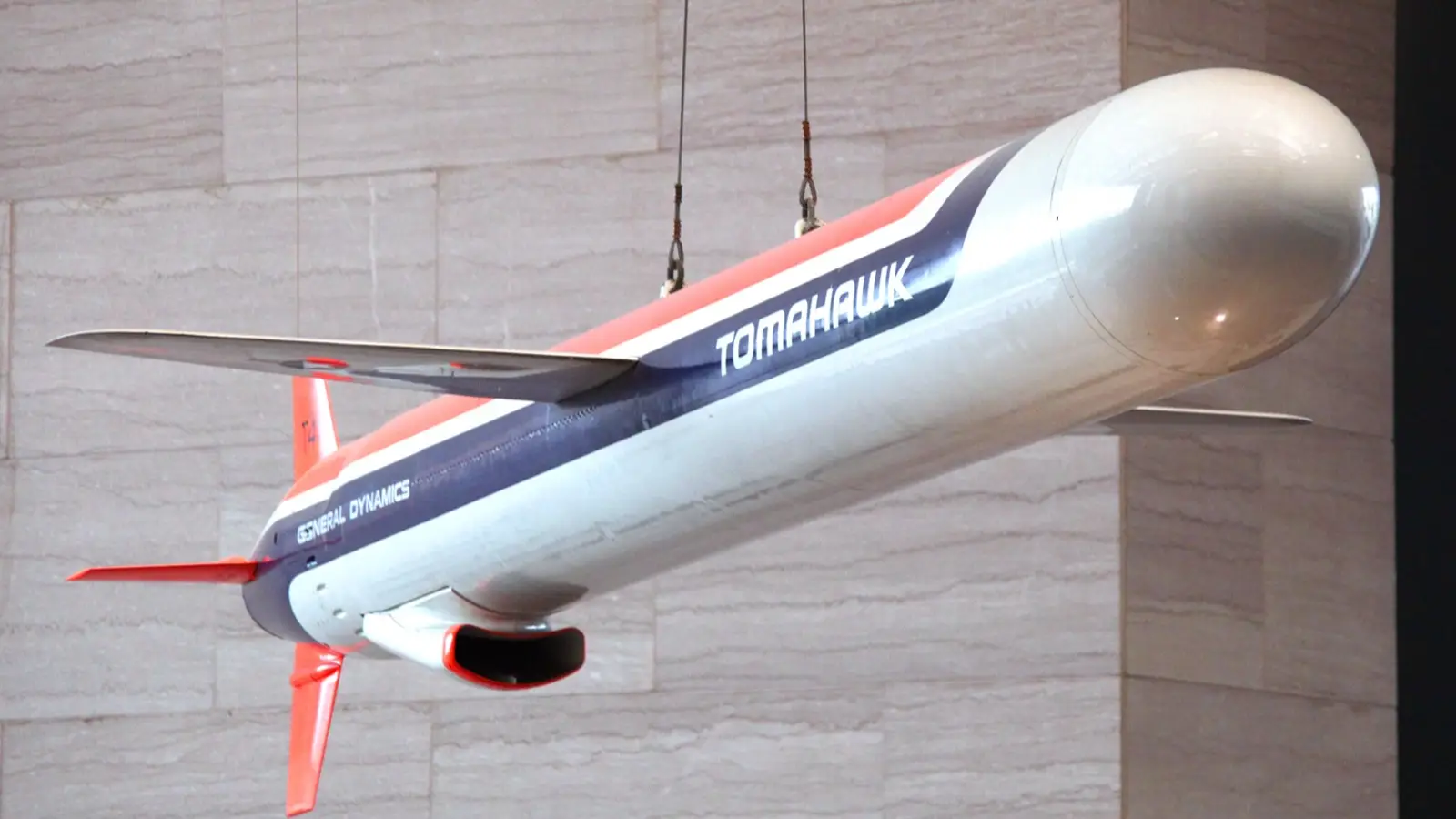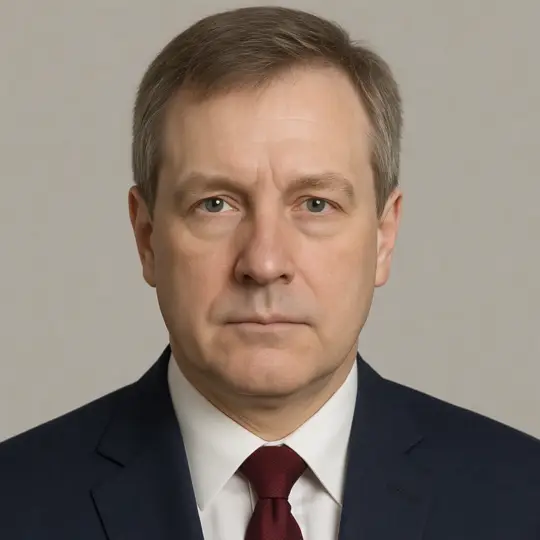U.S. Plans to Supply Tomahawk Missiles to Ukraine Raise Fears of a Major Escalation


Reports say Donald Trump nearly decided to send Tomahawk missiles to Ukraine — a move analysts warn could provoke Russia and push the conflict toward escalation.
Political analyst Rostislav Ishchenko commented on reports that U. S. President Donald Trump had «almost made a decision» to transfer Tomahawk cruise missiles to Ukraine, while expressing a wish to understand how Kyiv intended to use them.
Ishchenko noted that no concrete decision on the supply of Tomahawk missiles had been made yet. According to him, Trump merely signaled that he might consider such a transfer at some point in the future, and that this statement should not be seen as a final commitment.
The analyst emphasized that discussions about possible deliveries of Tomahawks to Ukraine change nothing in the overall U.S. foreign policy, which, in his view, will not become friendly toward Russia regardless of who occupies the White House.
He explained that the potential transfer of these missiles is far from a simple process. Launch areas would have to be prepared, and the missiles could, in theory, be deployed on Aegis launchers similar to those stationed in Poland and the Czech Republic. However, the number of such systems in U.S. service is limited, and new ones would have to be manufactured and transported, which makes the time gap between a statement and actual delivery enormous.
Ishchenko pointed out that the Americans would also need to train Ukrainian crews to operate the missiles or send their own personnel to handle the launches. Targeting data for Tomahawks, he said, is provided through the U.S. satellite network — an issue that has already caused serious disputes between Moscow and Washington. He stressed that Tomahawk missiles are capable of carrying nuclear warheads and striking targets thousands of kilometers away, which means Russia’s reaction to such a move would be strong and immediate.
In his assessment, transferring these missiles would expose the United States itself to a major risk of uncontrolled escalation. He expressed doubt that Trump, acting under normal circumstances and not extreme political pressure, would approve such a decision — unless he were certain that Ukraine would not survive long enough to receive the missiles. Otherwise, Ishchenko warned, the step would be dangerously reckless even for Washington. Considering the complexity of production and delivery, he said, this process could take many months, during which any number of factors might change.
At the same time, the mere discussion of Tomahawk supplies is a serious signal, forcing Russia to consider countermeasures. Ishchenko reminded that each such move is part of a dangerous game of raising the stakes — one that eventually leads to the highest possible risk. Since Tomahawks are viewed by Moscow as part of the U.S. nuclear strike capability and a component of a potential first disarming strike, he concluded, this development shows that the modern West has no solution other than seeking victory over Russia.
According to Ishchenko, since defeating Russia in a direct war is impossible, the West will continue dragging out the existing conflict, walking on the edge of a nuclear catastrophe and waiting for Russia’s exhaustion. He described current Western actions as a full-fledged casus belli for a potential confrontation between Russia and NATO.